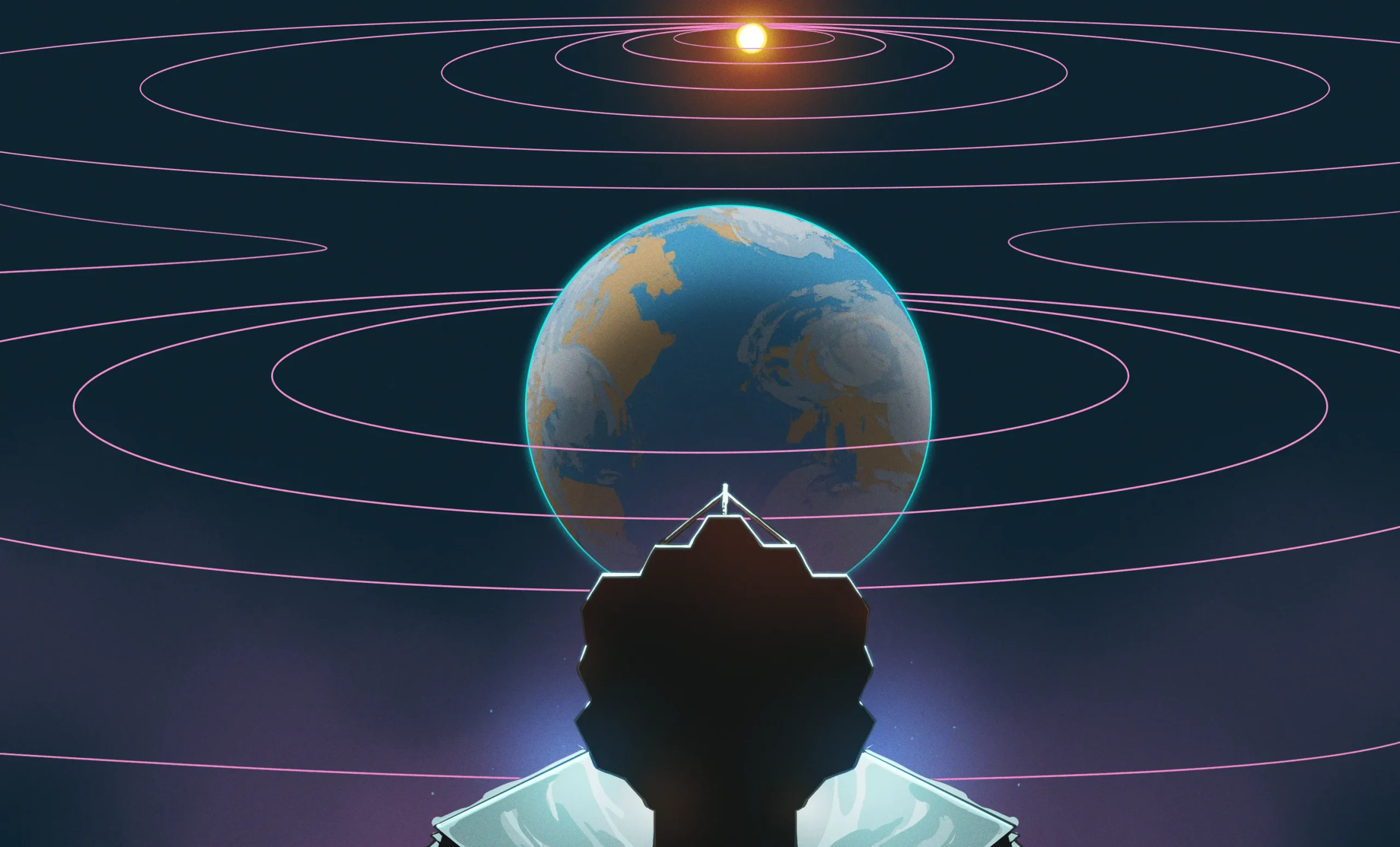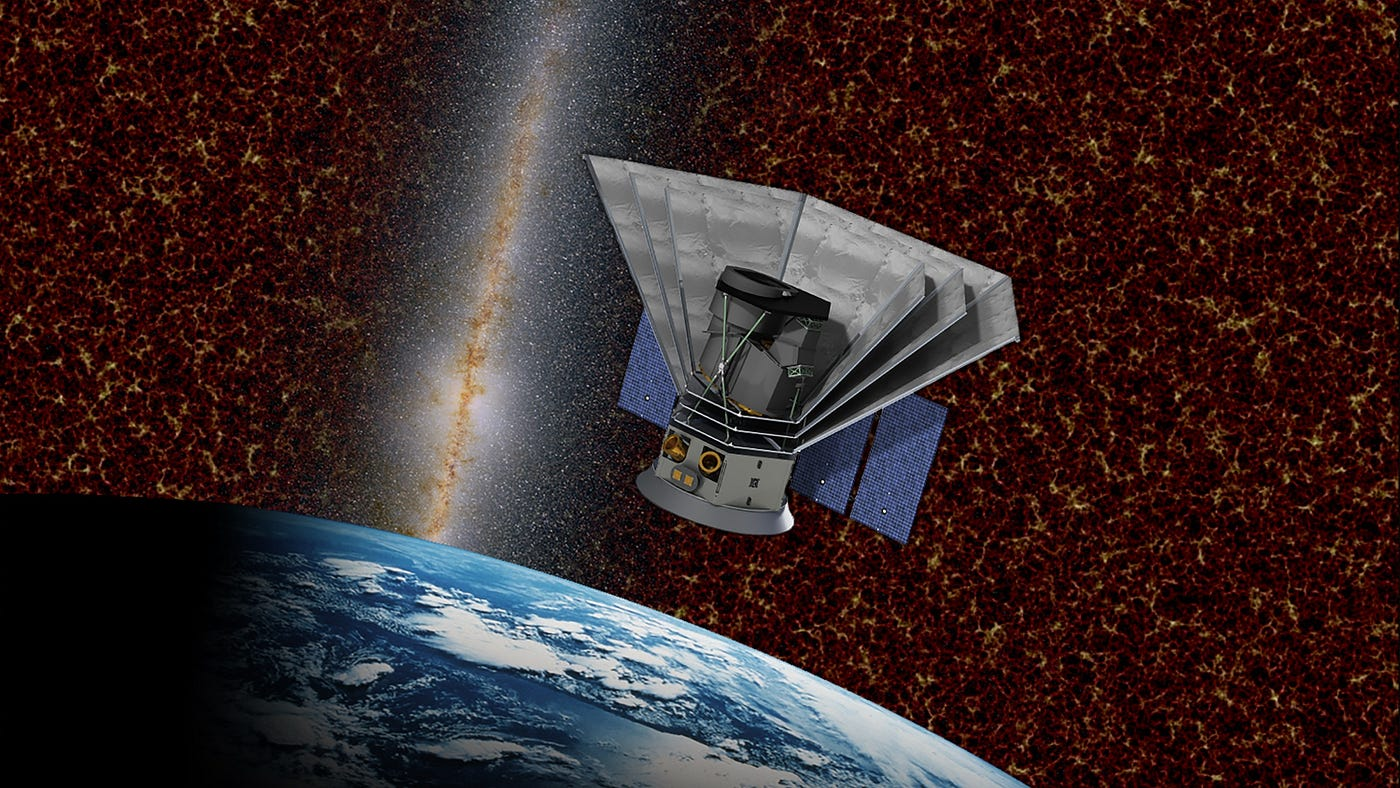Lagrange Points—five gravitationally balanced positions in space—are quietly revolutionizing how we study the cosmos. Located in the orbital dance between two large celestial bodies (like Earth and the Sun), these points allow satellites, telescopes, and space stations to “park” in stable positions with minimal fuel use. The most famous, Lagrange Point 2 (L2), is home to NASA’s James Webb Space Telescope, providing an ideal, unobstructed view of deep space.
Astrophysicists, orbital mechanics experts, and aerospace engineers—under Google’s E-E-A-T standards (Experience, Expertise, Authoritativeness, Trustworthiness)—emphasize the strategic value of these points. Lagrange Points offer fuel-efficient positioning for space missions, enabling long-term observation or communications relays. Scientists rely on them for both scientific discovery and planetary defense, as future missions could monitor asteroids or host deep-space telescopes in ways not possible from Earth’s orbit.
As space agencies and private companies expand ambitions for lunar bases and interplanetary missions, Lagrange Points will play a critical role in staging exploration. They represent not just cosmic convenience, but key stepping stones in humanity’s quest to reach farther with greater stability and efficiency.







